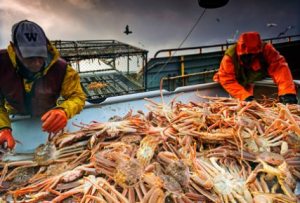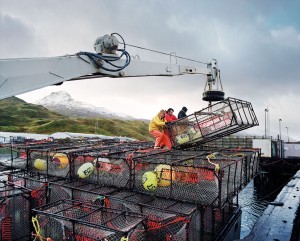206.624.8844
Women’s Participation in Alaskan Commercial Fishing is on the Rise
The Alaskan fishing industry is made up of more than 78,000 jobs and is responsible for more than $5.8 billion in revenue each year. However, even after decades of progress for women in other fields, the Alaskan fishing industry remains mostly male dominated. According to the Alaska Department of Labor and Workforce Development, women make up only 14 percent of commercial fisherman and roughly 33 percent of processing workers. Women continue to face substantial challenges working in the male dominated fishing industry. For example, many captains still retain old prejudices that women cannot perform the work as well as men.
While women make up only a small percentage of the Alaskan fishing industry, there are many examples of their significant impact, including those who have built their own businesses, impacted business development in the industry, and passed down fishing legacies to their children. Many women have been born into fishing families, where they have continued, and expanded upon, their generational fishing legacies. At Kraft Davies Olsson we are proud to represent women who fish in Alaska and recognize the significant impact they have on the Alaskan fishing industry.
 Seattle Maritime Injury Lawyer Blog
Seattle Maritime Injury Lawyer Blog



